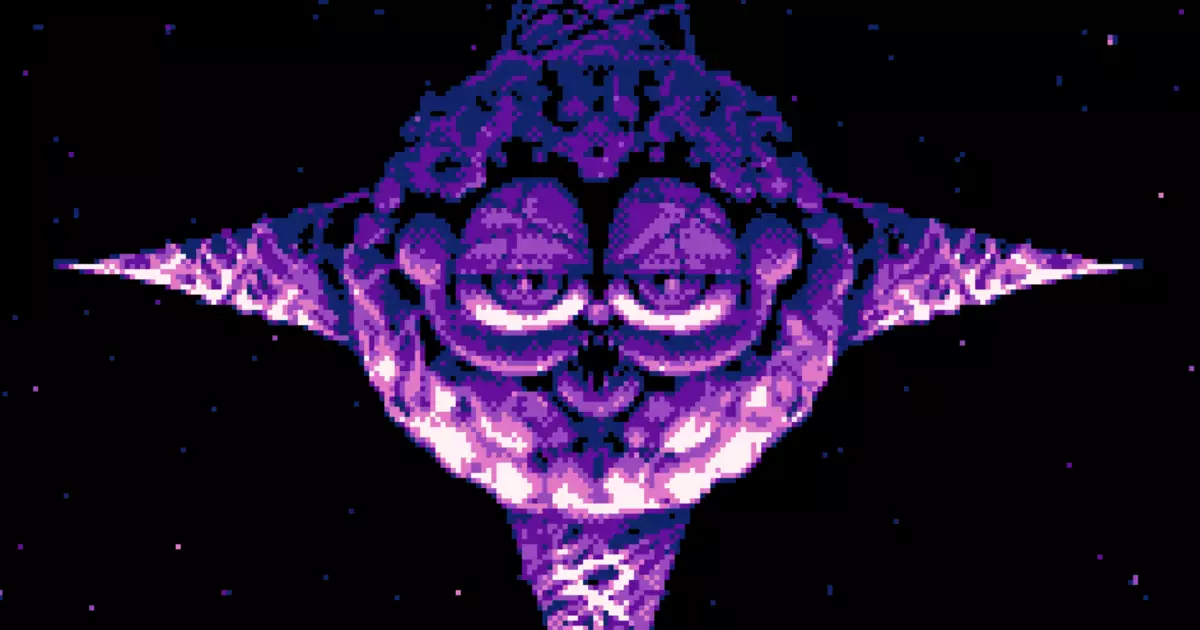For many people who grew up in the late 20th century, Garfield was synonymous with light-hearted humor about an overweight cat and his insatiable love for lasagna. However, as society and its culture evolved, so too did this seemingly innocuous feline. The metamorphosis of Garfield into a figure of surreal horror through the lens of internet memes—most notably the Gorefield variant—presents an intriguing case study of how classic characters can be reimagined in bizarre and unsettling ways. Memes, often ephemeral in nature, give rise to phenomena like Gorefield, where the beloved cat becomes a grotesque cosmic entity that transcends its original design.
Gorefield’s transformation is striking; no longer is he just a lazy cartoon cat. Instead, he manifests as a nightmare—the quintessential embodiment of existential dread while still retaining a hint of levity. The vignettes depicting Gorefield venture into the absurd, presenting him as a horror-infused version of himself. Imagery includes centipede-like forms and disturbing portrayals that depart dramatically from Jim Davis’s original creation. In this new light, the character becomes a critique of consumer culture and nostalgia, tapping into deeper fears and anxieties, all while leveraging the charm of an established icon.
The Gorefield phenomena extend into the gaming world with titles like Gar-Type, crafted by pixel artist LumpyTouch. In this fangame, Garfield isn’t just a character but a colossal, planet-like threat that players must combat. Instead of merely scrolling through a comic strip, gamers take on the role of Jon Starbuckle in a shoot-’em-up scenario, a far cry from the cozy, passive experience typically associated with comic strips. This interactive format offers a sense of urgency and adrenaline as players navigate through immensely creative landscapes filled with Lovecraftian visuals and engaging soundtracks.
In terms of gameplay mechanics, Gar-Type relies on simple yet effective controls, inviting both casual gamers and niche audiences to engage in a quick bursts of frantic fun. However, its charm lies not only in its gameplay but also in the communal aspects of meme culture, where users share experiences of absurdity and panic as they strive to combat this eerie version of Garfield.
Ultimately, the popularity of Gorefield challenges the viewer to reconsider the implications of nostalgia. Are we merely cherishing the characters of our youth, or are we prepared to face their distorted reflections in the context of contemporary cultural anxieties? This grotesque reimagining offers a lupine lens for examining our relationships with art, character, and the absurdity found in everyday life. It questions the nature of memory, perception, and how a light-hearted comic strip can evolve into a complex tapestry of horror, amusement, and commentary.
Gorefield serves as a vibrant pillar of internet culture that invites players and meme enthusiasts to confront their own notions of nostalgia while reveling in the absurd. With the availability of games like Gar-Type, this reimagined Garfield continues to evolve—stimulating both the mind and the spirit in unexpected ways.


Leave a Reply